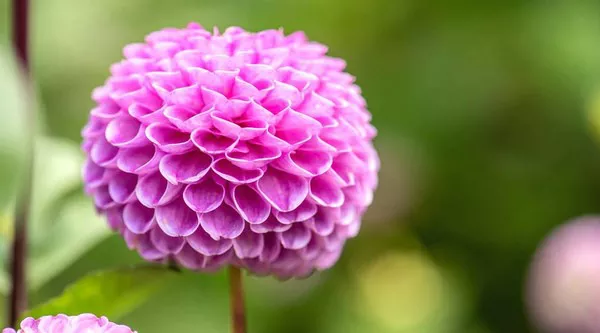Gardening enthusiasts often seek ways to bring beauty and vibrancy to their outdoor spaces, even when limited by space constraints. Planting flower bulbs in pots is an excellent solution that allows for stunning blooms to grace patios, balconies, and windowsills. This comprehensive guide will walk you through the process of planting flower bulbs in pots, from selecting the right bulbs to caring for your blossoms, as well as exploring related topics that will enhance your gardening success.
1. Selecting the Right Flower Bulbs
Before delving into the planting process, it’s crucial to select the right flower bulbs for your pot. Consider the following factors to ensure successful growth and a visually appealing display:
Climate and Hardiness: Choose flower bulbs that are suitable for your climate. Consult hardiness zone maps to determine which bulbs will thrive in your region’s conditions.
Bulb Type: There are various bulb types, including tulips, daffodils, crocuses, and hyacinths. Research the growth habits, size, and color of different bulb varieties to complement your design vision.
Pot Size: Match the size of the pot to the eventual growth of the bulbs. Larger pots allow for more space and nutrients, resulting in healthier plants.
Sunlight Requirements: Some bulbs prefer full sun, while others thrive in partial shade. Choose bulbs that align with the sunlight availability in your chosen planting location.
2. Choosing the Right Pot and Soil
Selecting the appropriate pot and soil is essential to provide a conducive environment for your flower bulbs to grow and flourish:
Pot Material: Opt for pots made of durable materials, such as terracotta, plastic, or ceramic. Ensure the pot has drainage holes to prevent waterlogging.
Pot Drainage: Adequate drainage is crucial to prevent water accumulation, which can lead to root rot. Elevate pots slightly using pot feet to encourage proper drainage.
Potting Mix: Use a well-draining potting mix that provides both moisture retention and good aeration. A mix of potting soil, perlite, and peat moss is ideal.
3. Planting Process Step by Step
Follow these steps to plant flower bulbs in pots effectively:
Prepare the Pot: Fill the pot with the potting mix, leaving enough space at the top for watering. Gently tap the pot to settle the soil.
Plant the Bulbs: Place the bulbs on the soil surface, following the recommended spacing for the specific bulb variety. Larger bulbs should be placed deeper in the soil than smaller ones.
Cover and Water: Once the bulbs are arranged, cover them with the remaining potting mix, leaving about an inch of space below the rim. Water thoroughly to settle the soil and initiate growth.
Labeling: Insert labels with the names of the planted bulbs. This step is particularly useful if you’re planting multiple varieties in one pot.
Mulch: Apply a layer of mulch, such as straw or wood chips, to help retain moisture and regulate soil temperature.
4. Caring for Your Flower Bulbs
Proper care is essential to ensure your planted flower bulbs thrive and produce vibrant blooms:
Watering: Keep the soil consistently moist, but not waterlogged. Water when the top inch of soil feels dry. Adjust the frequency based on weather conditions.
Fertilization: Feed your bulbs with a balanced, slow-release fertilizer as soon as shoots emerge. Repeat every 4-6 weeks during the growing season.
Deadheading: Remove faded flowers to divert the plant’s energy into bulb development and prevent seed formation. This encourages more robust blooms the following year.
Overwintering: In colder climates, consider overwintering potted bulbs in a cool, frost-free location, such as an unheated garage or basement. Water sparingly during this period.
5. Complementary Tips for Enhanced Success
Succession Planting: Extend the blooming season by planting bulbs with varying bloom times. This technique ensures a continuous display of colors and shapes.
Companion Planting: Combine bulbs with other plants that have similar water and light requirements. Partnering bulbs with annuals or perennials can create visually appealing arrangements.
Forcing Bulbs: Force bulbs indoors during winter by providing them with an artificial chilling period. This allows you to enjoy early spring blooms indoors.
Repotting: Over time, bulbs may become overcrowded in their pots. Repot them every 2-3 years to provide ample space for growth.
Conclusion
Planting flower bulbs in pots is a rewarding endeavor that allows you to create stunning displays in limited spaces. By selecting the right bulbs, pots, and soil, following proper planting procedures, and providing diligent care, you can enjoy a breathtaking array of colors and shapes that bring joy throughout the seasons. Incorporating related topics like succession planting, companion planting, and forcing bulbs further enhances your gardening experience. With this comprehensive guide, you’re well-equipped to embark on a journey of bulb planting and cultivate a flourishing garden in even the smallest of spaces.


